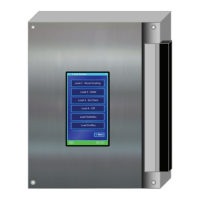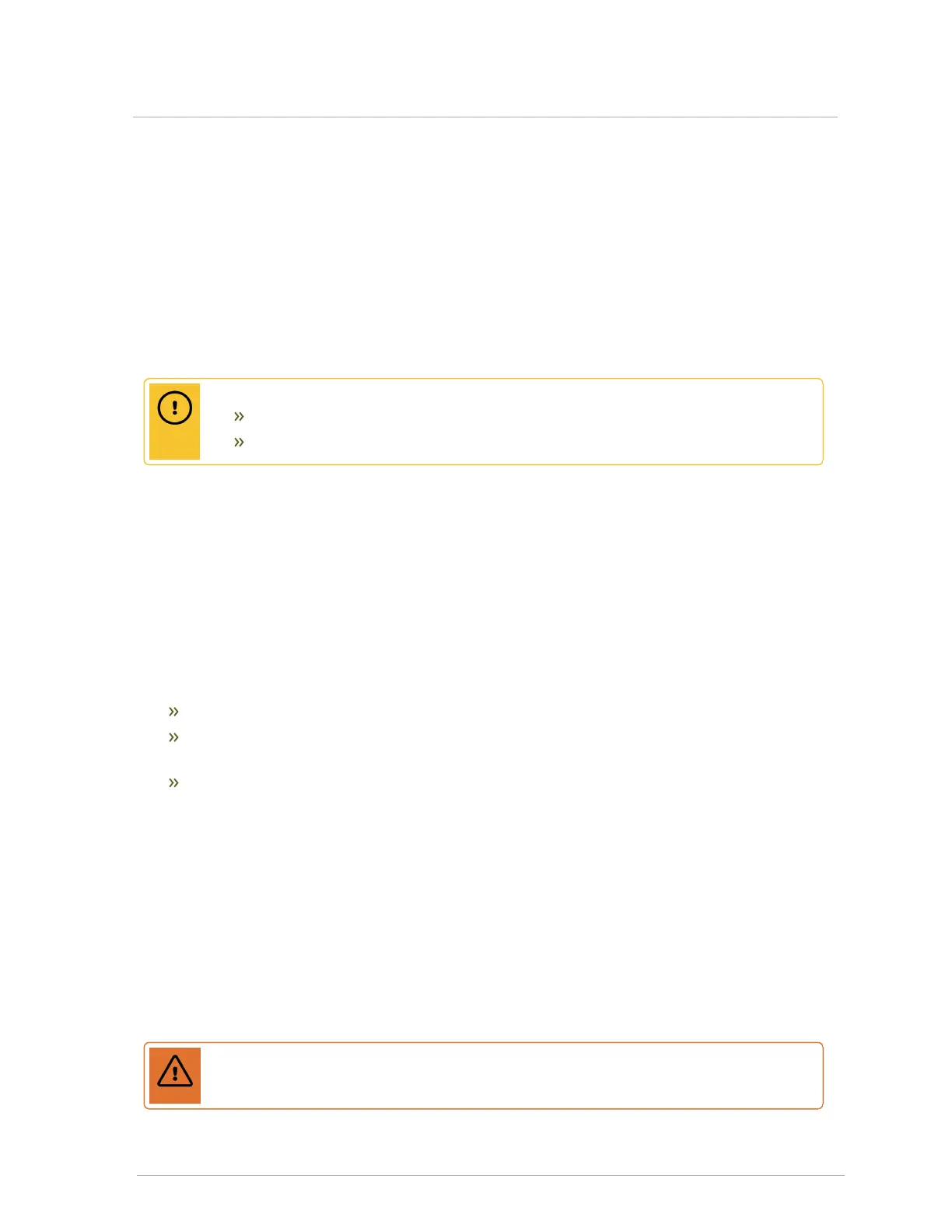To switch over to 4-20 mA (JPA01B installed):
1. Remove the electrical box corner cover and the circuit board cover to access the jumpers on the
lower-right corner of the control circuit board.
2. Use needle-nose pliers to place the plastic jumper tabs.
3. Reinstall the cover, and then restore power to the boiler.
3.7 Multiple boilers: wiring and networking
Caution
Controllers must be powered off during boiler network wiring.
Network wiring should not run parallel to any nearby line voltage wiring.
Networking multiple IBC modulating condensing boilers at a plant site offers tangible energy savings.
Networked boilers produce exceptional "turn down" capability to match any building load demands.
IBC boiler networks are designed for single load applications and certain two-load systems. Three- or
four-load sequences (typically for residential scenarios) are generally not suitable for larger multi-boiler
applications.
You can connect up to 4 IBC boilers in the VX series and up to 24 IBC boilers in the SL G3 series and
EX series to operate as a single heating plant.
Other benefits of networking multiple boilers include:
System redundancy.
Removing a single boiler off-line for servicing without affecting the operation of the other boilers
on the network.
“Opting out” a single boiler from the heating load when called upon for DHW by an individual
indirect storage water heater.
3.7.1 Methods for networking a group of boilers
The methods that can be used for networking a group of boilers include:
1. (Recommended method) An Ethernet switch device.
2. BoilerNet two-wire CAN-bus daisy chain cabling.
3. Standard crossover cable for a simple 2-boiler network. A straight through ethernet cable will
fail. If this method is used, it will not be possible to connect to IBC's V10 portal, which allows
remote access to boilers.
Warning
Disconnect the electrical power to the boiler before removing the circuit board cover.
3.7 Multiple boilers: wiring and networking

